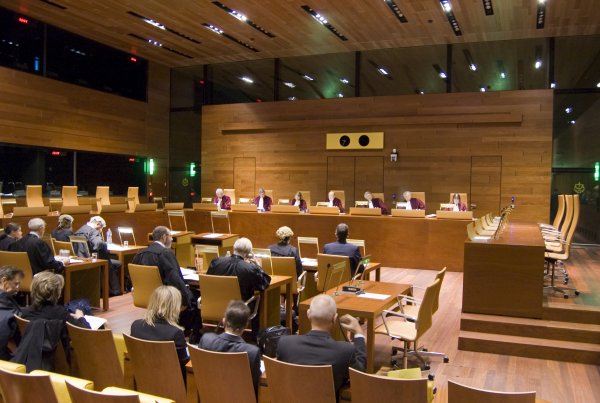I’ve been playing about the Drupal 8 (still in Beta) and one of its features is that it needs the latest version of PHP (5.5.9 or later). I have a server I keep for testing the latest whatever, and this includes Apache 2.4. So how hard can it be to compile in PHP?
Actually, it’s not straightforward. Apache 2.4 is fine, but PHP is another matter. First off, installing lang/php55 does not include mod_php for Apache. It’s not that the option to compile it hasn’t been set – the option has gone. With a bit of digging around you can find it elsewhere – in www/mod_php55. Don’t be fooled in to thinking you need to just build and install that though…
You’ll probably end up with stuff like this in your httpd error log:
Call to undefined function session_name()
Call to undefined function hash()
Digging further you’ll find www/php55-session and security/php55-hash in there, and go off to build those too. Then wonder why it still isn’t working.
The clue can be found with this log file error:
PHP Warning: PHP Startup: Unable to load dynamic library '/usr/local/lib/php/20121212-zts/session.so' - Cannot open "e;/usr/local/lib/php/20121212-zts/session.so"e; in Unknown on line 0
(NB. The "e appears in the log file itself!)
Basically, mod_php expects you to compile the ZTS (Zend Thread Safe) version of everything. And why wouldn’t you? Well it turns out that this important option is actually turned off by default so you need to configure the build to include it. Any extensions you’ve compiled up until now will not have been placed in a directory tagged with -zts, which is why it’s looking in the wrong place as shown by the error log.
If you’re reading this following a Google search, you’ve probably already fallen down the Pooh trap. You need to go back to lang/php55 and start again with the correct options. The best way to do this (in case you didn’t know) is:
make clean
make config
make
make install
When you run make config it’ll give you a chance to select ZTS, so do it.
Repeat this for compiling www/mod_php55 and then go back and compile www/php55-session, security/php55-hash and anything else you got wrong the first time, You don’t have the option to configured them, but they must be compiled again once the core of PHP has been compiled using ZTS.
Incidentally, if you haven’t had this pain before, you will probably need to switch to using the new pkg system if you haven’t already. Trying to build without it, it’ll put up a curt little note about it and go in to sulk mode until you do. Unfortunately, on an older FreeBSD, any attempt to compile this will result in an O_CLOEXEC symbol undefined error in pkg.c. This is actually a flag to the open() kernel function that was added to POSIX in 2008. What it means is that if your process subsequently makes exec call, the file handle will be automatically closed. It saves leaking fds if your execution path goes awry. But what’s the solution?
Well, if you’re using an older version of the kernel then it won’t support O_CLOEXEC anyway, so my fix is to delete it from the source and try again. It only appears once, and if the code is so sloppy that it doesn’t close the handle, it’s not the end of the world. The official answer is, of course, to upgrade your kernel.
If you are running Drupal 8, here’s a complete list of the ports you’ll need to compile:
lang/php55 (select ZTS option in the configuration dialogue)
www/mod_php55 (select ZTS option in the configuration dialogue)
www/php55-session
security/php55-hash
security/php55-filter
devel/php55-json
devel/php55-tokenizer (for Drupal 8)
databases/php55-pdo
databases/php55-pdo_mysql
textproc/php55-ctype
textproc/php55-dom
textproc/php55-simplexml
graphics/php55-gd
converters/php55-mbstring (not tested during setup)
All good fun! This relates to Drupal 8.0.0 RC1 – it may be different with the final release, of course.



